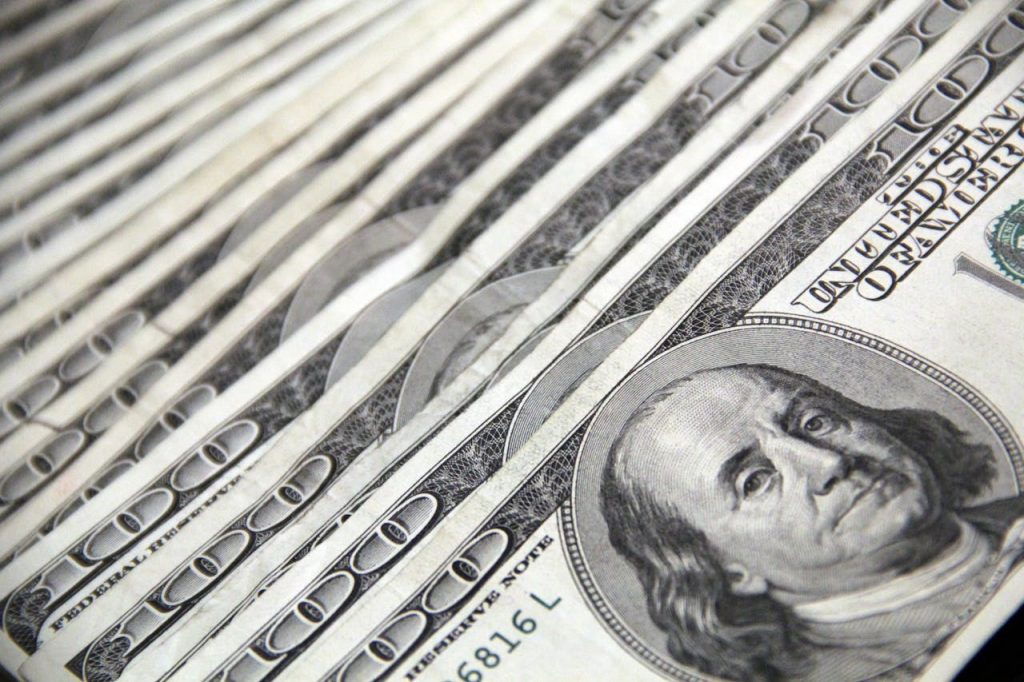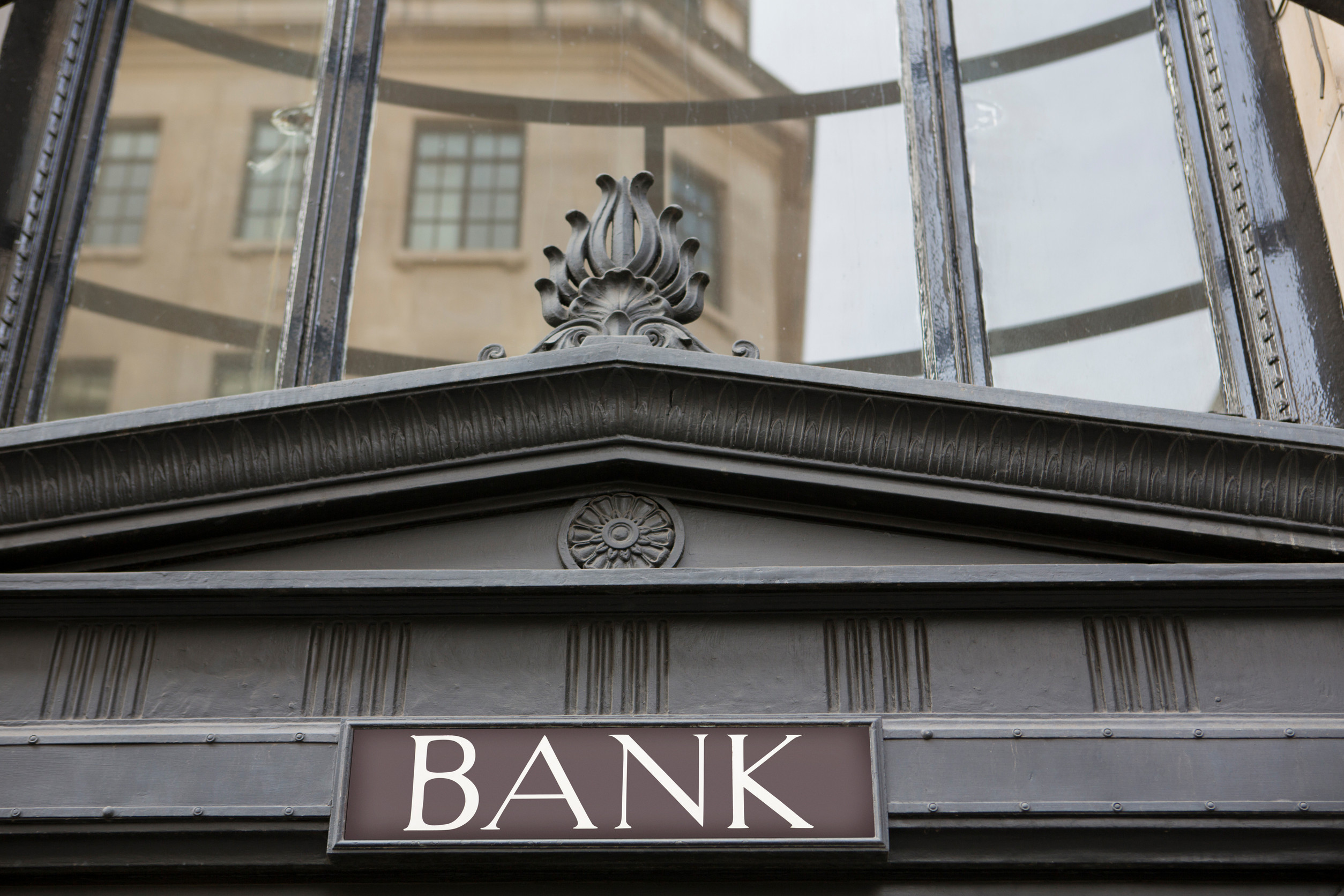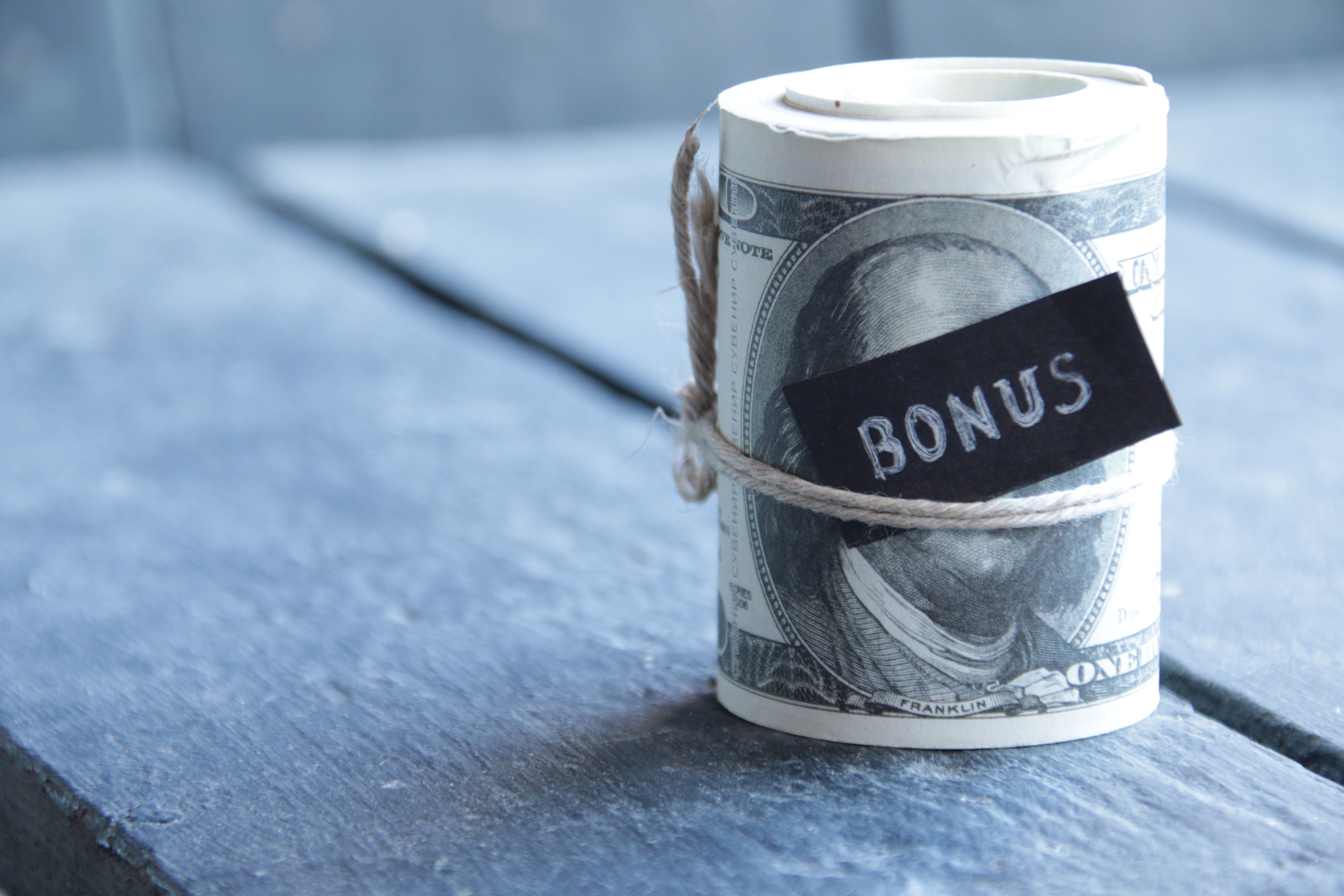
Image Source: pexels.com
Low interest rates often seem like a borrower’s dream come true. Financial institutions advertise them as the perfect opportunity to buy that home, finance that car, or consolidate debt. But beneath the attractive percentages lies a complex reality that few lenders discuss openly. When rates drop to historic lows, borrowers face hidden risks that can transform these apparent bargains into long-term financial traps. Understanding these pitfalls isn’t just important—it’s essential for protecting your financial future in an environment where cheap money comes with expensive consequences.
1. The False Sense of Affordability Trap
Low interest rates create an illusion of affordability that can lead to dangerous overextension. When monthly payments seem manageable, borrowers often take on larger loans than they should. A 3% mortgage might allow you to qualify for a $500,000 home instead of a $400,000 one, but this ignores the total cost of ownership.
This “payment mentality” focuses on whether you can make the monthly payment rather than whether the total debt aligns with your financial goals. According to a Federal Reserve study, nearly 40% of Americans would struggle to cover an unexpected $400 expense, despite record-low interest rates in recent years.
The real danger comes when life circumstances change. Job loss, medical emergencies, or family changes can quickly transform “affordable” payments into unbearable burdens.
2. Asset Inflation and Diminished Returns
When interest rates fall, asset prices typically rise, especially in real estate and stock markets. This creates a double-edged sword for borrowers. While borrowing becomes cheaper, the assets you’re trying to purchase become more expensive.
In housing markets, low rates often trigger bidding wars that drive prices well above intrinsic values. A 1% decrease in interest rates might save you $200 monthly on a mortgage, but if that same decrease causes home prices to jump 10-15%, you’ve actually lost ground financially.
This asset inflation extends beyond housing. Auto loans, education financing, and even consumer goods experience price increases that often outpace the savings from lower interest rates. The end result? You borrow more for assets that may not retain their inflated values when rates eventually rise.
3. The Debt Accumulation Cycle
Low-interest environments subtly encourage additional borrowing. When money is “cheap,” the psychological barrier to taking on debt diminishes. This leads many borrowers into a cycle of continuous debt accumulation.
Credit card companies and lenders capitalize on this psychology by offering frequent balance transfer opportunities, credit line increases, and “pre-approved” loans. The average American household now carries approximately $92,727 in debt, which has grown substantially during low-rate periods.
This debt cycle becomes particularly dangerous when interest rates eventually rise. Adjustable-rate products that seemed affordable can quickly become budget-busters, forcing difficult financial choices and potential defaults.
4. The Retirement Planning Mirage
Low interest rates create a significant but often overlooked challenge for retirement planning. When rates fall, the returns on conservative investments like bonds, CDs, and savings accounts plummet. This forces pre-retirees and retirees to either:
- Accept significantly lower income from their savings
- Take on more investment risk to maintain their expected returns
- Delay retirement and work longer than planned
This creates a paradox for borrowers who are simultaneously saving for retirement. The same low rates that make borrowing attractive make saving adequately for retirement more difficult. Many financial planners now estimate that retirement portfolios need to be 15-25% larger in low-rate environments to generate the same income.
5. The Hidden Costs of Easy Refinancing
Refinancing existing debt at lower rates seems like an obvious win, but the transaction costs often erase a significant portion of the savings. Mortgage refinances typically cost 2-5% of the loan amount in fees, appraisals, and closing costs.
Lenders rarely highlight how long it takes to recoup these costs through interest savings. On a $300,000 mortgage, refinancing costs might reach $9,000-$15,000. If monthly savings are $200, it takes 45-75 months just to break even, assuming you stay in the home that long.
Additionally, refinancing often resets the loan term, potentially increasing the total interest paid over the life of the loan despite the lower rate. Many borrowers who repeatedly refinance end up paying for their homes two or three times over through extended loan terms.
6. The Interest Rate Reversal Reckoning
Perhaps the most significant danger of low interest rates is the inevitable reversal. Rates don’t stay low forever; when they rise, the consequences can be severe for unprepared borrowers.
Variable-rate products like adjustable-rate mortgages, HELOCs, and some private student loans can see dramatic payment increases when rates climb. A 2% rate increase on a $300,000 adjustable-rate mortgage can add $500 or more to the monthly payment.
This interest rate risk extends to the broader economy. When rates rise, housing markets often cool, making selling homes purchased during low-rate periods harder. This can trap borrowers in properties they can no longer afford but cannot easily sell.
The True Cost of Cheap Money
The real danger of low interest rates isn’t in the rates themselves but in how they distort financial decision-making. They encourage short-term thinking, excessive borrowing, and risk-taking that can have long-term consequences. The apparent savings from low rates often mask the true cost of debt—the surrender of future financial flexibility and security.
Smart borrowers look beyond the monthly payment to understand the total cost of borrowing and how it fits into their comprehensive financial plan. They maintain emergency reserves, avoid maxing out their borrowing capacity, and prepare for the inevitable rate increases that will come.
Have you experienced any unexpected consequences from taking advantage of low interest rates? Share your story in the comments below—your experience might help others avoid similar pitfalls.
Read More
Refinancing at Lower Rates: Pros and Cons
Does the Economic Inflation Favor the Borrowers or the Lenders?

Travis Campbell is a digital marketer/developer with over 10 years of experience and a writer for over 6 years. He holds a degree in E-commerce and likes to share life advice he’s learned over the years. Travis loves spending time on the golf course or at the gym when he’s not working.





